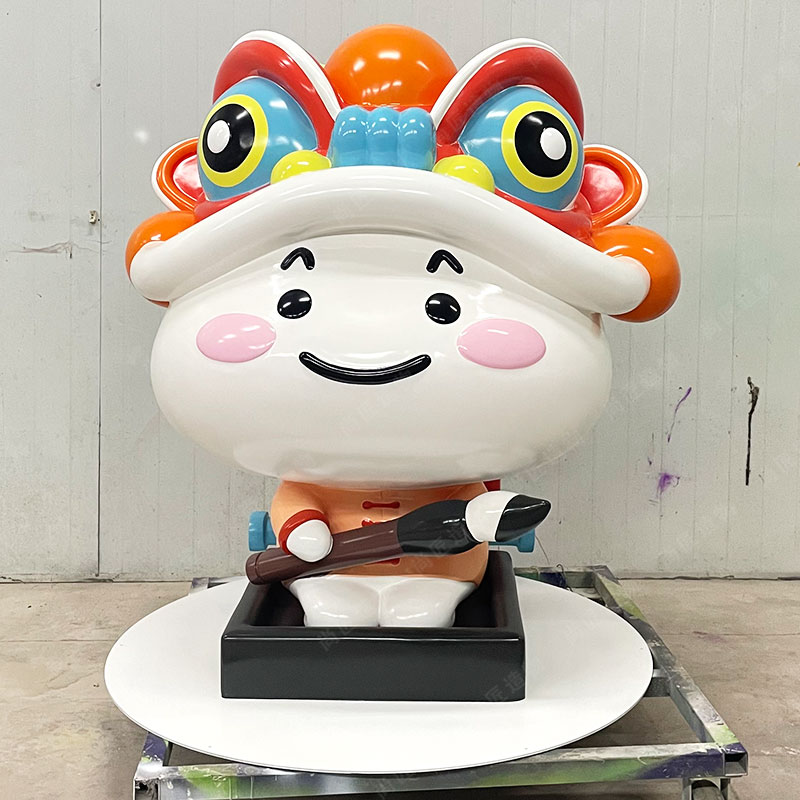Key Takeaways
Stainless steel sculptures offer a unique blend of durability and modern aesthetics, making them ideal for reinforcing corporate branding in physical spaces. These custom pieces act as three-dimensional representations of a brand’s identity, combining artistic appeal with structural resilience. Unlike traditional branding materials, stainless steel withstands weathering and retains its polished appearance over time, ensuring long-term visibility. For example, integrating kinetic sculpture elements can add motion-based engagement, aligning with brands that emphasize innovation.
Beyond aesthetics, such sculptures create focal points in offices or public areas, subtly embedding brand messaging into daily environments. Their metallic surfaces allow for precise detailing, from logos to abstract forms that evoke brand values like strength or precision. Additionally, the material’s recyclability supports sustainability goals, a growing priority in corporate strategy. By merging artistry with functional design, stainless steel sculptures transform passive spaces into active brand storytelling tools, fostering recognition without overt advertising.
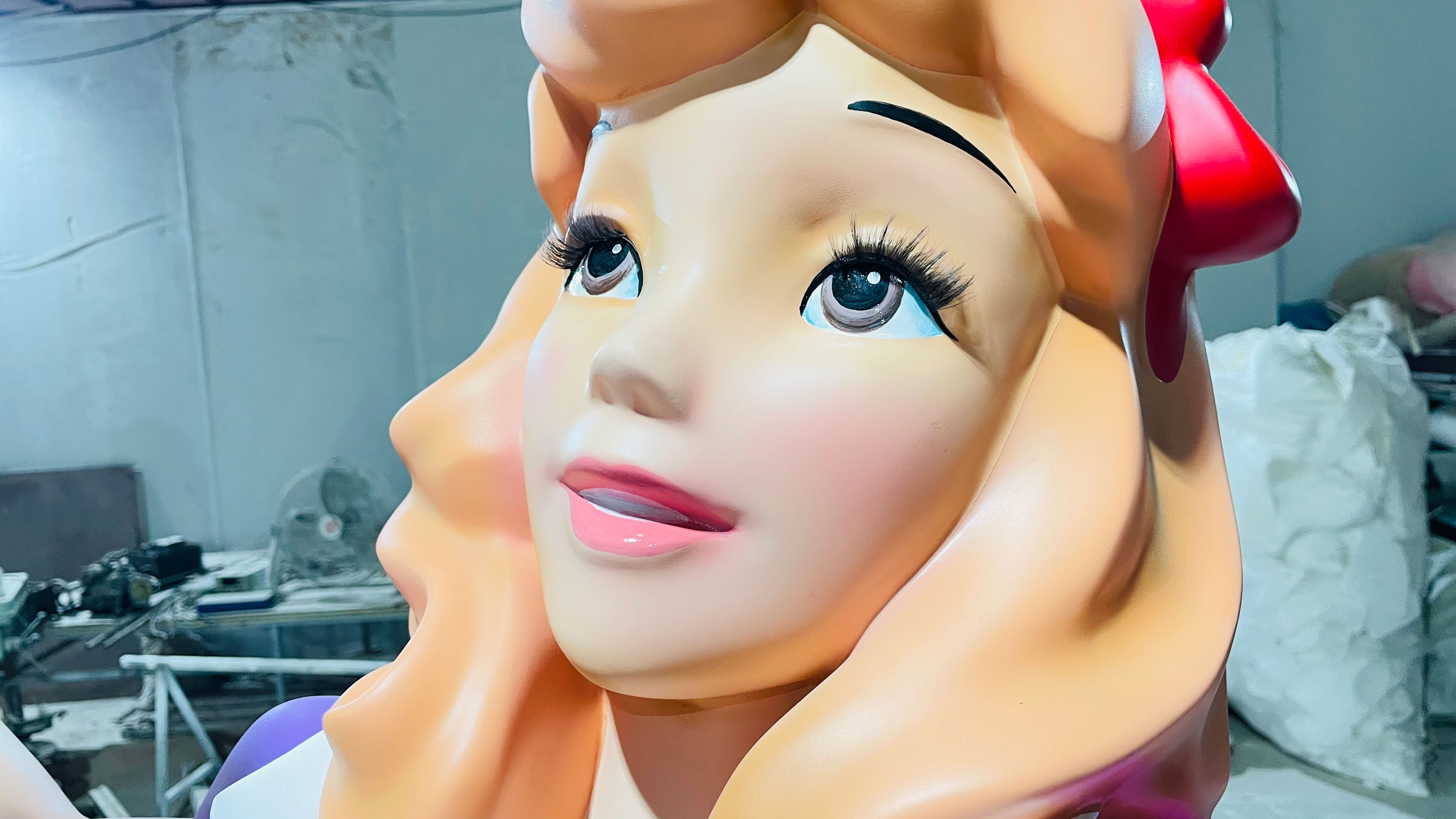
Stainless Steel Sculptures: Branding’s Modern Metallic Edge
Stainless steel sculptures have emerged as strategic assets in corporate branding, combining industrial resilience with artistic versatility. Their reflective surfaces and geometric precision align with contemporary design trends, making them ideal for conveying innovation and stability. Unlike traditional branding elements like logos or signage, these three-dimensional installations create immersive experiences that engage visitors physically and emotionally.
"Metallic art transforms sterile environments into narrative spaces. A well-placed sculpture becomes a silent ambassador for brand values." – Corporate Design Strategist, 2023
| Feature | Branding Benefit |
|---|---|
| Weather resistance | Year-round visibility in outdoor spaces |
| Customizable forms | Alignment with brand-specific aesthetics |
| Low maintenance | Cost-effective long-term presence |
For businesses exploring IP character sculpture, stainless steel offers unique advantages. The material’s adaptability allows for intricate detailing, from abstract shapes to branded motifs, ensuring coherence with visual identity guidelines. When positioned in lobbies, courtyards, or public plazas, these sculptures act as focal points that reinforce brand recall without overt advertising.
Tip: Pair lighting design with stainless steel installations to enhance texture perception. Directional LEDs can highlight contours, creating dynamic shadows that evolve with daylight cycles.
While marble or bronze may suit classical branding, stainless steel’s sleek finish resonates with tech-driven and sustainability-focused industries. Its recyclability also supports eco-conscious messaging, a growing priority in corporate narratives. By merging form and function, these metallic works bridge the gap between artistic expression and strategic branding.
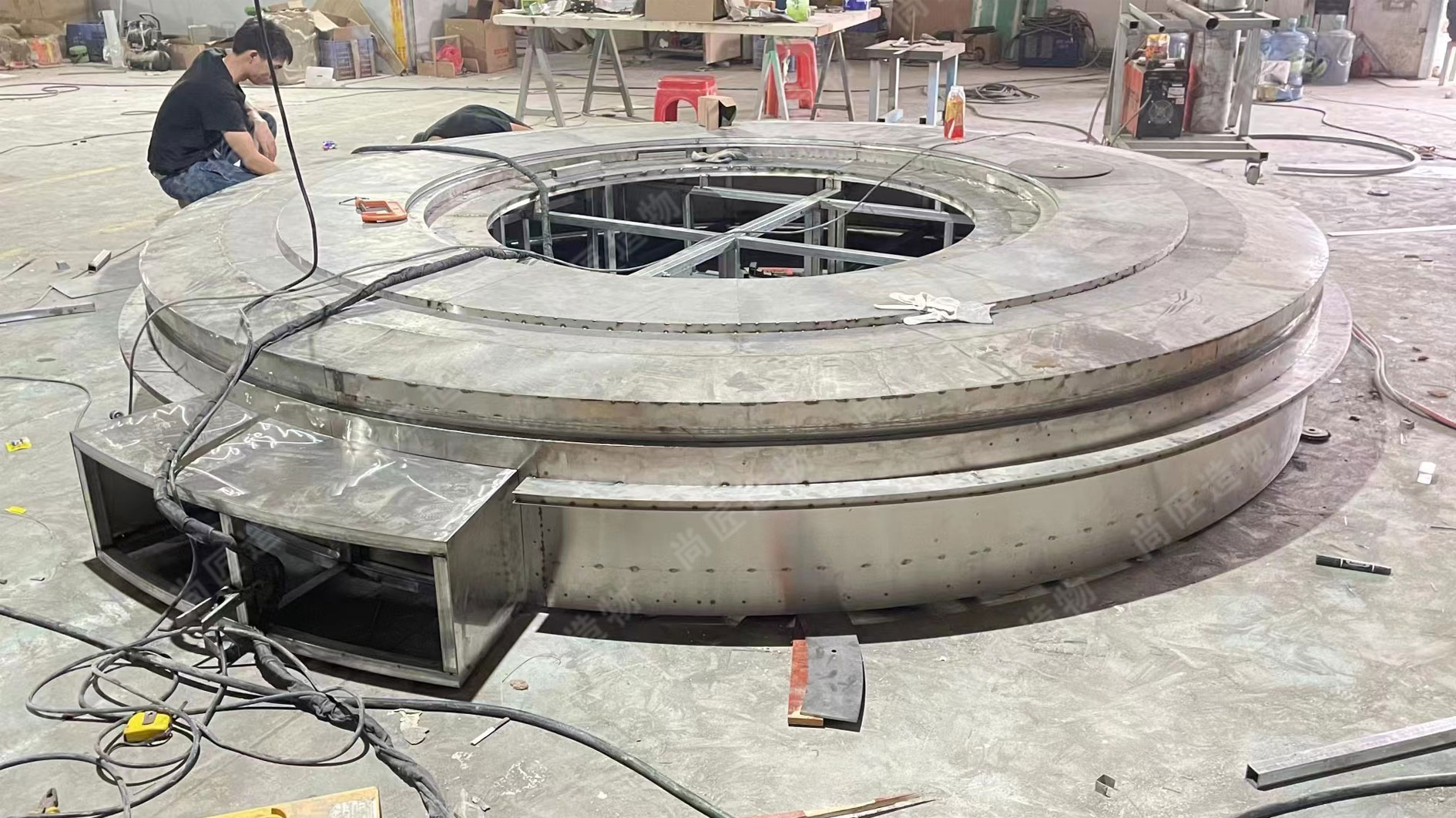
How Custom Metal Art Elevates Corporate Identity
Custom metal art serves as a powerful tool for reinforcing corporate identity by translating abstract brand values into tangible, three-dimensional forms. Unlike generic decor, stainless steel sculptures can be engineered to mirror a company’s ethos—whether through sleek, minimalist lines for tech firms or organic shapes for eco-conscious brands. These pieces act as visual anchors in lobbies, courtyards, or office interiors, creating focal points that subtly communicate professionalism and innovation. For instance, a financial institution might commission angular designs symbolizing stability, while a creative agency could opt for fluid, asymmetrical structures to reflect dynamism.
The material’s adaptability allows seamless integration of brand elements like logos, color palettes, or mission statements into the artwork itself. Laser-cut emblems or powder-coated finishes in corporate hues ensure consistency across physical and digital branding efforts. Beyond aesthetics, stainless steel’s durability mirrors a company’s commitment to longevity, making it a strategic choice for businesses aiming to project resilience. This approach not only enhances employee pride but also leaves a memorable impression on clients, aligning spatial design with broader brand narratives.
For organizations exploring alternative materials, fiberglass sculpture offers lightweight versatility for intricate designs, though stainless steel remains unmatched in conveying industrial sophistication. By merging artistry with branding precision, custom metal installations become silent ambassadors, fostering emotional connections that transcend traditional marketing.
Durable Branding: Stainless Steel’s Role in Design
Stainless steel’s unique properties make it a cornerstone for corporate branding strategies prioritizing longevity and visual consistency. Unlike traditional materials prone to corrosion or fading, stainless steel maintains structural integrity and aesthetic appeal across decades, even in high-traffic environments. Its resistance to weather, UV exposure, and physical wear ensures branded sculptures retain sharp edges, polished surfaces, and precise detailing—critical for logos, abstract forms, or Cartoon sculpture installations requiring clarity.
The alloy’s adaptability supports both minimalist and intricate designs, allowing brands to translate abstract concepts like innovation or stability into three-dimensional forms. Architects often leverage brushed, mirrored, or tinted finishes to align sculptures with corporate color schemes, while engineered load-bearing capacities enable installations in lobbies, courtyards, or rooftop spaces. This material reliability reduces long-term maintenance costs, making it a practical investment for companies balancing artistic ambition with fiscal responsibility. By embedding brand narratives into enduring physical artifacts, stainless steel transforms temporary marketing campaigns into permanent cultural markers within organizational spaces.
Transforming Spaces with Branded Metallic Sculptures
Branded metallic sculptures serve as dynamic focal points that redefine corporate environments, merging artistic innovation with strategic brand storytelling. Unlike traditional décor, stainless steel sculptures offer structural versatility, enabling designs that mirror a company’s ethos—whether through abstract geometric forms or realistic sculpture embodying brand mascots or values. Their reflective surfaces interact with natural and artificial light, creating evolving visual experiences that engage employees and visitors alike.
The integration process begins with collaborative design sessions, where corporate symbols, color palettes, and mission statements are translated into three-dimensional art. For example, a tech firm might commission a flowing, interconnected steel network to symbolize innovation, while a sustainability-focused brand could opt for recycled stainless steel sculptures shaped like organic forms. Beyond aesthetics, these installations anchor physical spaces to brand narratives, turning lobbies, courtyards, or conference rooms into immersive touchpoints. Their durability ensures minimal upkeep, making them cost-effective long-term investments compared to temporary signage or digital displays. By harmonizing artistic impact with brand identity, metallic sculptures transform sterile areas into memorable environments that reinforce corporate culture daily.
Stainless Steel Artistry Meets Corporate Messaging
Stainless steel’s inherent qualities—durability, reflectivity, and versatility—make it an ideal medium for translating corporate values into physical form. When crafted into sculptures, this material becomes a silent communicator of brand ethos, merging industrial precision with creative expression. For businesses, these installations act as three-dimensional mission statements, embedding logos, taglines, or abstract motifs into spaces where employees and visitors interact daily.
The process begins by aligning the sculpture’s design with a company’s visual identity. Geometric shapes might emphasize innovation, while flowing lines could reflect adaptability. Textured surfaces or polished finishes further tailor the piece to mirror brand personality, whether rugged reliability or sleek modernity. Stainless steel sculpture installations in lobbies, courtyards, or office hubs create focal points that reinforce messaging without overt advertising. For example, a tech firm might commission a dynamic, angular structure symbolizing cutting-edge progress, while a sustainability-focused brand could opt for recycled steel compositions.
By blending artistry with intentional design, these sculptures transcend decoration. They become tactile extensions of a brand’s narrative, offering lasting impressions that align with corporate culture and strategic goals.
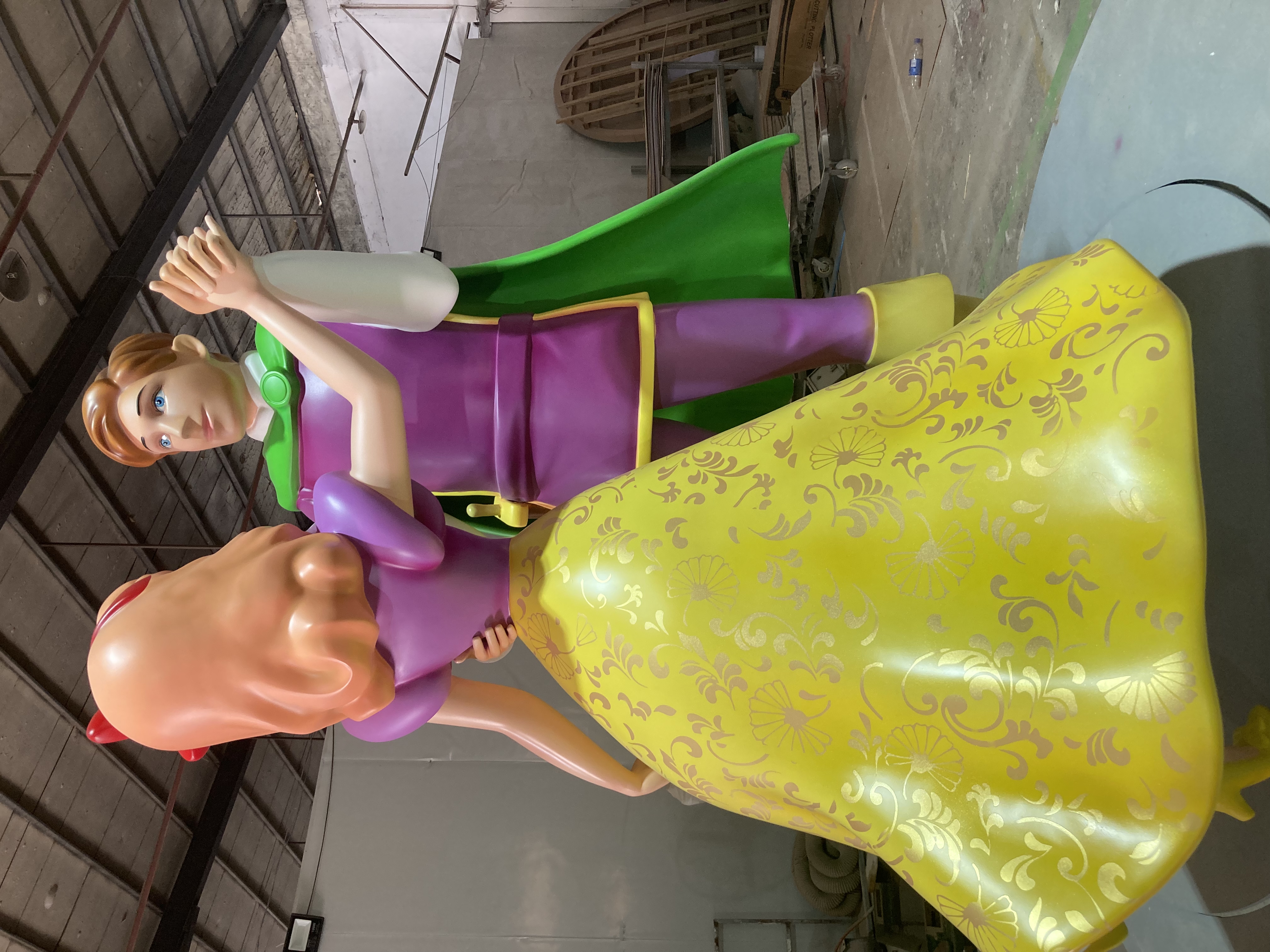
Why Sculptures Boost Brand Recognition in Offices
Stainless steel sculptures in office spaces act as silent ambassadors for corporate brands, creating visual anchors that reinforce identity. Unlike traditional branding methods like logos on stationery, three-dimensional art demands attention through scale and texture. Employees and visitors interact with these pieces daily, fostering subconscious associations between the artwork’s form and the company’s values. For example, angular designs might reflect innovation, while flowing shapes could symbolize collaboration.
Beyond their visual appeal, sculptures serve as conversation starters. A custom piece in a lobby or common area becomes a natural focal point during meetings or tours, subtly directing discussions toward the brand’s story. This repeated exposure strengthens recall—studies suggest that physical art in workspaces improves memory retention by up to 65% compared to digital displays.
The material’s durability also aligns with long-term branding goals. Stainless steel resists wear, ensuring the sculpture remains a polished representation of the brand for years. When integrated into high-traffic areas, these designs become ingrained in the workplace culture, turning abstract branding concepts into tangible touchpoints.
Integrating Custom Steel Designs into Brand Strategy
Incorporating custom stainless steel sculptures into corporate branding requires strategic alignment with a company’s core values and visual identity. These designs act as three-dimensional logos, translating abstract brand messages into tangible forms. For instance, a tech firm might commission geometric sculptures to symbolize innovation, while a sustainability-focused organization could opt for fluid, nature-inspired shapes.
Successful integration begins with collaboration between artists, designers, and branding teams to ensure sculptures reinforce existing color schemes, architectural styles, and brand narratives. Placement also matters—positioning installations in high-traffic areas like lobbies or courtyards maximizes visibility and visitor engagement. Furthermore, stainless steel’s versatility allows scaling designs for consistency across multiple locations, from headquarters to satellite offices.
This approach extends branding beyond digital and print media, creating tactile experiences that resonate emotionally. Over time, these sculptures become landmarks associated with the brand, subtly reinforcing recognition without overt advertising. By balancing artistic expression with corporate objectives, organizations transform functional spaces into storytelling platforms while maintaining professional coherence.
Durability plays a supporting role here, as long-lasting materials ensure the investment continues reflecting brand values for decades. This permanence aligns with strategies prioritizing legacy-building over temporary campaigns.

Sustainable Branding Through Stainless Steel Sculptures
Stainless steel’s inherent sustainability aligns seamlessly with modern corporate branding goals. Unlike traditional materials that degrade or require frequent replacement, stainless steel offers exceptional longevity, reducing waste and resource consumption over time. Its corrosion-resistant properties ensure that branded sculptures retain their visual appeal for decades, even in outdoor or high-traffic environments. This durability translates to cost efficiency, as companies avoid recurring expenses tied to repairs or replacements.
Beyond practicality, stainless steel’s recyclability supports eco-conscious branding strategies. Over 90% of stainless steel is recycled globally, making it a circular material that aligns with sustainability certifications like LEED. Corporations leveraging custom steel sculptures signal commitment to environmental responsibility—a growing priority for stakeholders. For example, a branded installation in a corporate plaza can serve as both an artistic landmark and a tangible demonstration of green values.
In addition to environmental benefits, stainless steel’s sleek, modern aesthetic reinforces brand messaging around innovation and forward-thinking. By integrating recycled steel into designs, businesses create visually striking installations that resonate with audiences seeking authenticity in sustainability efforts. This approach not only enhances physical spaces but also strengthens brand narratives, positioning companies as leaders in both artistry and ecological stewardship.
Conclusion
Stainless steel sculptures have emerged as a strategic tool for corporate branding, offering a blend of durability, visual appeal, and symbolic resonance. These custom installations transcend traditional marketing by embedding brand identity into physical spaces, creating lasting impressions on employees, clients, and visitors. Their resistance to corrosion and weathering ensures longevity, aligning with modern demands for sustainable design solutions. By merging artistic craftsmanship with corporate messaging, such sculptures transform lobbies, campuses, and public areas into immersive brand experiences.
The integration of custom metal art into branding strategies reflects a shift toward experiential environments, where aesthetics and functionality coexist. Unlike temporary advertising, stainless steel sculptures serve as permanent landmarks, reinforcing brand recognition through tactile and visual engagement. As organizations prioritize spaces that inspire innovation and connection, these metallic designs bridge the gap between corporate values and creative expression. Ultimately, stainless steel sculptures exemplify how industrial materials can evolve into timeless symbols of identity, proving that even the hardest metals can carry the soft power of storytelling.
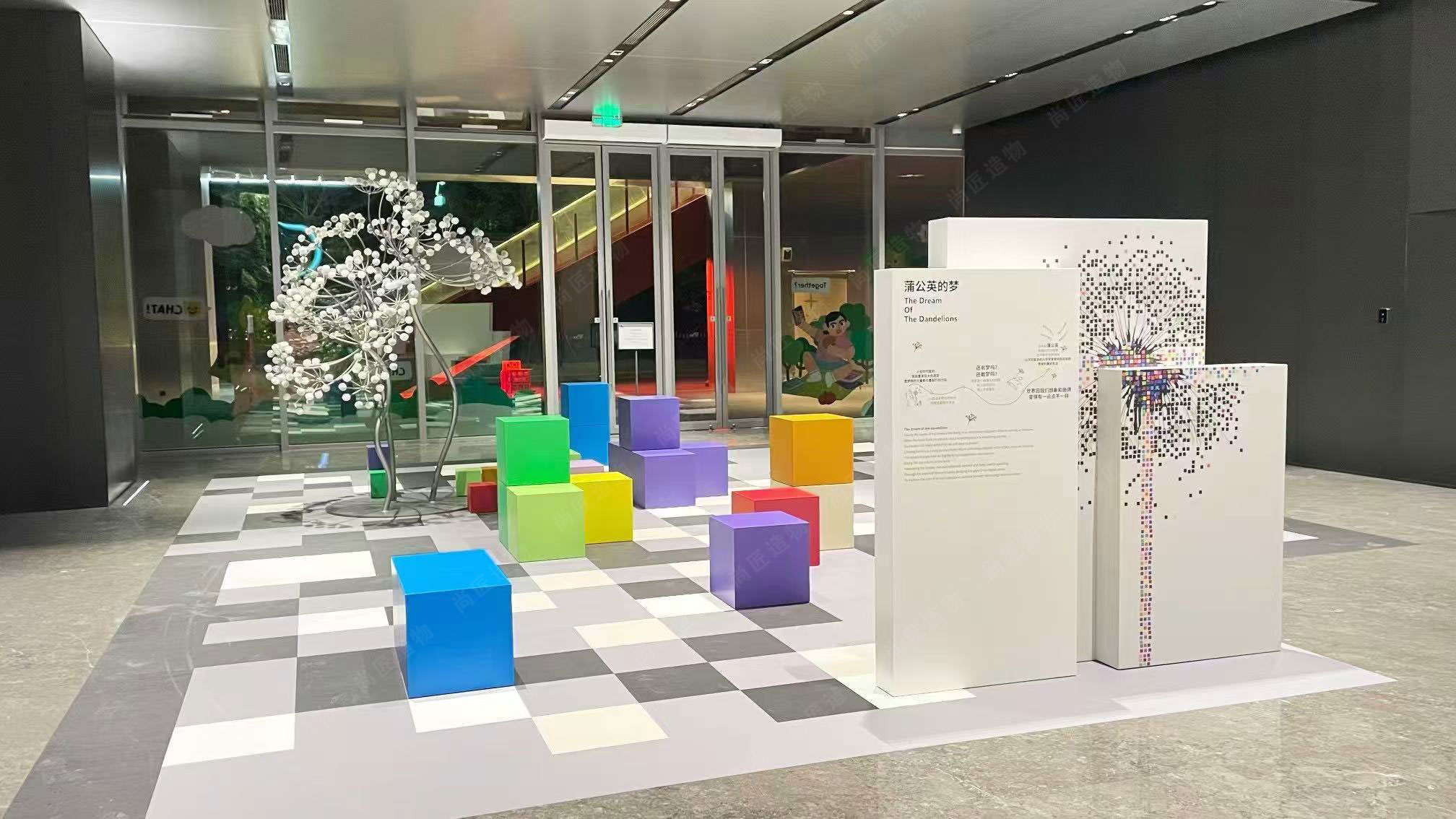
FAQs
How do stainless steel sculptures enhance corporate branding?
Stainless steel offers a sleek, modern aesthetic that aligns with professional brand identities. Its reflective surfaces and clean lines create visual anchors in corporate spaces, subtly reinforcing brand values like innovation and precision.
Are custom designs compatible with existing brand elements?
Yes. Skilled artisans integrate logos, color palettes, and thematic motifs into sculptures through laser-cut patterns, textured finishes, or strategic shaping. This ensures alignment with brand guidelines while adding three-dimensional depth to visual assets.
What spaces benefit most from branded sculptures?
High-traffic areas like lobbies, courtyards, and conference rooms gain impact. Outdoor installations also weather harsh conditions without corrosion, making them ideal for campus entrances or public plazas tied to corporate campuses.
How does durability affect long-term branding ROI?
Stainless steel resists rust, fading, and structural wear, maintaining its appearance for decades. This reduces replacement costs and ensures consistent brand messaging, offering higher value than temporary signage or decor.
Can sculptures support sustainability goals?
Absolutely. Recycled stainless steel is commonly used, and the material’s longevity minimizes waste. Its low maintenance requirements also align with eco-friendly operational practices, reinforcing green branding initiatives.
Do employees perceive sculptures differently than traditional branding?
Studies show abstract or symbolic metal art sparks curiosity and engagement more effectively than static logos. This fosters organic conversations about brand philosophy, deepening internal alignment with corporate values.
 ch
ch English
English

